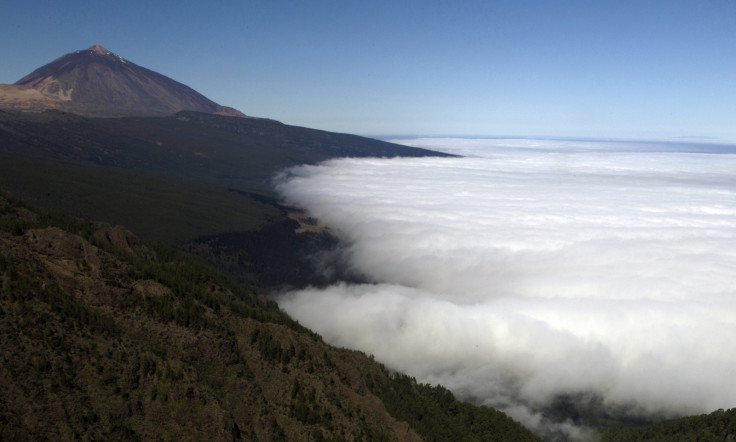Spanish island destroyed by flames, tourists warned about evacuations
Tenerife is one of the popular summer destinations among UK travellers

Tourists have received an urgent travel warning against a popular holiday destination in Spain after yet another eruption of a wildfire.
Devastating wildfires are rapidly spreading across Tenerife, one of the Canary Islands, which attracts millions of tourists every year, reported The Sun. Especially during the summer, tens of thousands of travellers from the UK head to Tenerife to experience its lively nightlife and stunning beaches.
5 villages evacuated in Tenerife
The fire, which started on Tuesday night, has already destroyed about 130 hectares near Mount Teide and was estimated to have grown to approximately 150 hectares by Wednesday. The fire first started at a nature reserve on the north-east coast of the Spanish island and has already forced the evacuation of around five villages in Tenerife, according to Metro.
On Wednesday, the villages of Arrate, Chivisaya, Media Montaña, Ajafoña and Las Lagunetas were evacuated.
The northeast region of Tenerife is known for its steep valleys and densely forested areas. It has turned out to be a significant challenge for the firefighters on the ground to contain the blazes in the Candelaria and Arafo areas. Therefore, the authorities have deployed helicopters to spray water over the flames.
Flames spreading rapidly in Canary Islands
Spanish authorities have already suspended access to the forest around the Mount Teide volcano in Tenerife. The Head of Tenerife's emergency services Pedro Martinez has confirmed that secondary fires have already broken out. The TF-24 and TF-523 motorways have been temporarily shut considering their proximity to the wildfire.
In an interview with a local radio station, Rosa Davila, the president of the Tenerife council, expressed concern. "This blaze has a huge potential; we have asked for additional means. It mainly affects the Corona Forestal national park, which is densely populated with pine trees and woods. Aircraft are necessary due to the steep terrain."
Some scary scenes coming out of Tenerife in the Canary Islands, Spain as an out-of-control wildfire continues to grow. The fire is now exhibiting extreme fire behaviour due to very dry conditions. A mandatory evacuation is in effect for villages threatened by the wildfire. pic.twitter.com/fE6pW0TXzm
— Nahel Belgherze (@WxNB_) August 16, 2023
Spain's emergency services are now warning residents and tourists about the conditions. Locals and holidaymakers in the region are advised to be alert about evacuation orders, stay updated on road conditions, remain indoors in well-ventilated areas to minimise smoke exposure, and prepare a "go-bag" with essential items.
Notably, residents on the nearby island of La Palma, also part of the Canary Islands off the coast of northern Africa, were asked last month to evacuate due to a wildfire during a period of scorching temperatures.
Over the last week or so, the Canary Islands have been experiencing a heatwave, leaving several areas very dry and more vulnerable to a forest fire.
Weather experts have declared 2023 an El Niño year - a natural phenomenon that takes place cyclically and causes variation in the global climate. In addition, the UN's World Meteorological Organization has stated that temperatures are likely to further raise around the world and will continue to affect for the remainder of the year.
Flights to Tenerife not disrupted as yet
So far, there has not been any disruption to either arrivals or departures at Tenerife's South and North airports. Meaning, tourists can continue flying into Tenerife with the peak summer travel season underway.
While The Foreign, Commonwealth and Development Office (FCDO) has not updated its Spain travel advisory, its standard advisory does include a warning against the ongoing heatwave in Europe, including Spain.
"Forest fires occur frequently in Spain (including in the Spanish islands) during the summer months when temperatures regularly reach over 40ºC. Be aware of your environment when visiting or driving through woodland areas," FCDO wrote on its official website.
Earlier this week, holidaymakers heading to France were asked to be on "maximum alert" after a ferocious wildfires saw mass evacuations of locals and tourists. The forest fires spread across the southwestern region of France on Monday, forcing nearly 3,000 people to flee as it ripped through homes and campsites overnight.
Around 650 firefighters battled the blazes that struck in the Pyrénées-Orientales region, affecting towns on the French and Spanish border.
© Copyright IBTimes 2024. All rights reserved.






